After decades of ridicule, the electric car is finally coming into its own thanks to an increased focus on the need for clean energy. By now, most experts agree that the threat of global warming is very real, and electric and hybrid cars are now being snapped up at a faster rate than ever before.
The thinking behind this is obvious: electric cars don’t run on fossil fuels and emit no gasses – toxic or otherwise – from their tailpipes, reducing the amount of pollution in the atmosphere. Except, that’s not quite how it works.
As we’ve pointed out before, electric cars aren’t quite the miracle cure that the world hopes they’ll be. After all, the electricity needed to charge and run them must come from somewhere, and the overwhelming majority of electricity is produced by burning fossil fuels.
More electric cars mean an increased demand for electricity, and more toxic gasses end up in the atmosphere regardless of drivers’ best intentions.
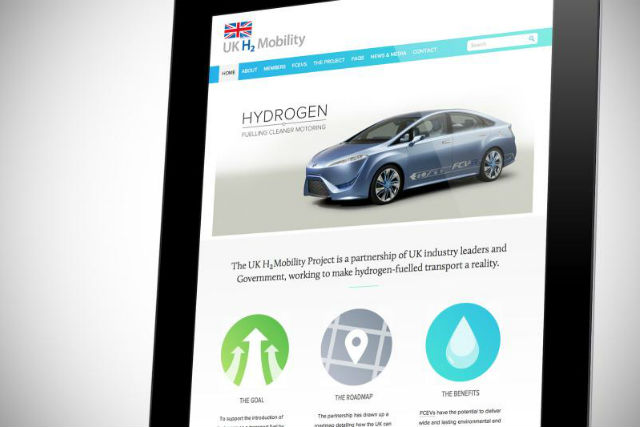
Electric cars also have other problems, namely that they have terrible ranges and take what feels like an eternity to charge up. Meanwhile, Average Joe in his diesel estate can fill up in a matter of minutes and drive for 300 miles or more without ever getting the sweats over conking out on the side of the motorway.
There is another way. Hydrogen, the most plentiful element in the universe, can be used to power vehicles, either by combusting it in a standard internal combustion engine or by using it to generate electricity from fuel cells, which create energy from a chemical reaction between hydrogen and oxygen.
While a single gallon of petrol produces 8.6kg of carbon dioxide, hydrogen burns completely clean. There’s no emissions, no toxic by-products. The only leftover is simple H2O, pure water.
There are more benefits too: unlike charging an electric car, hydrogen-powered vehicles are filled with liquid hydrogen, which means that they can be topped up as quickly and as easily as you would a petrol or a diesel car. Also, because pure hydrogen is produced synthetically, the fuel has the potential to lessen countries’ dependence on foreign sources of oil.
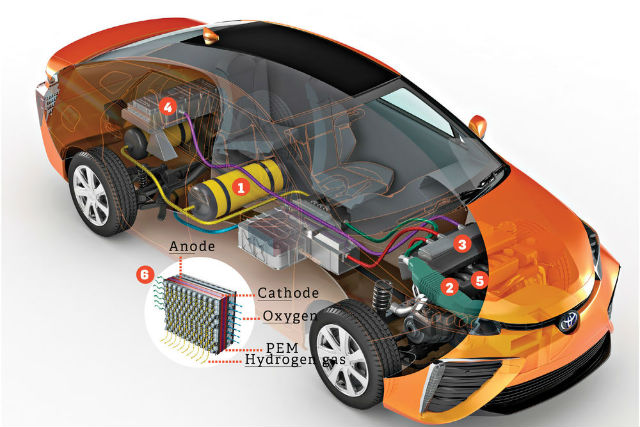
Unfortunately, hydrogen power already seems to be well on its way towards becoming the Betamax of this generation. Technically superior, but left behind by a market which has already come to revolve around its more deeply ingrained counterpart.
Speaking to Salon, physicist and former US Department of Energy official Joseph Romm PhD, said: “Hydrogen cars have missed the boat. This is like Betamax competing against VHS tapes in the 90s.”
“Once the market decides it’s going one way, the loser is screwed. Hydrogen cars are never going to be a mass-market success now that electric vehicle batteries have crossed the key price point, and continue to drop.”
It’s true. Here in the UK, you can get an electric car for around £14,000 or so, but the cheapest hydrogen car available is the £66,000 Toyota Mirai. As is the nature of all technologies, they start out expensive and then gradually become cheaper, but as Romm points out hydrogen tech runs the risk of being swallowed up before it ever becomes truly viable for the mass market.
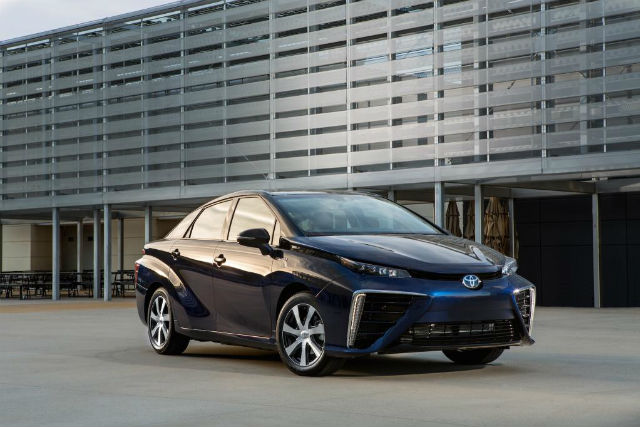
Infrastructure is another problem, as although the infrastructure for electric cars still has its problems, currently the only hydrogen refilling stations in Britain are a small web focused around central London.
The government has made plans to extend this in the coming years and Shell has also revealed that it’s working on including both electric charging points and hydrogen pumps at its filling stations, but again, time is of the essence.
Due to the tricky nature of storing liquid hydrogen, which has to be kept at -281 degrees Celsius, the construction of hydrogen pumps is a long and expensive process, taking as many as 36 months’ worth of construction and costing approximately £800,000.
It also suffers one of the critical pitfalls of electric cars, in that it takes energy to produce liquid hydrogen in the first place. In the US, 95 per cent of hydrogen is made using energy generated from fossil fuels so, like electric cars, while the end result is clean, the production process is not.
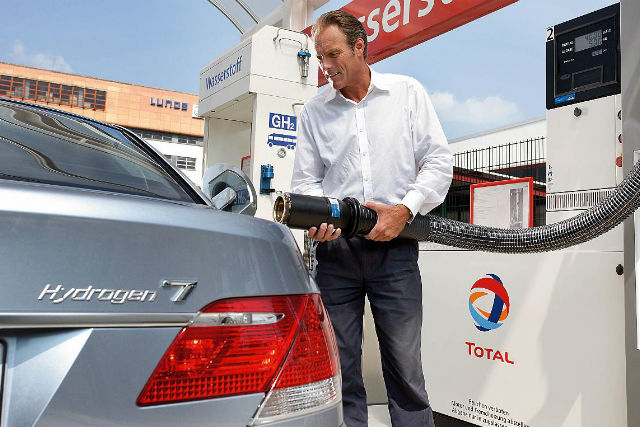
A key difference is that with time and effort it could eventually become a self-sustaining process, where hydrogen fuel cells produce the energy needed to create more hydrogen, but that’s still a long way off.
There’s still hope though, as many experts believe that the future of personal transportation won’t rely so heavily on a single method of propulsion, unlike today’s monoculture where the vast majority of road vehicles are powered by either petrol or by diesel.
Joan Ogden, associated professor of environmental science at the University of California, believes that there’ll be a much broader spread of options, with enough room for electric vehicles, hybrids and hydrogen-powered cars alike.
As well as here in the UK, momentum is starting to build behind hydrogen infrastructure in other countries, with major projects to increase hydrogen uptake currently underway in Japan, Australia and China, as well as in European countries like Germany, Norway and Denmark.
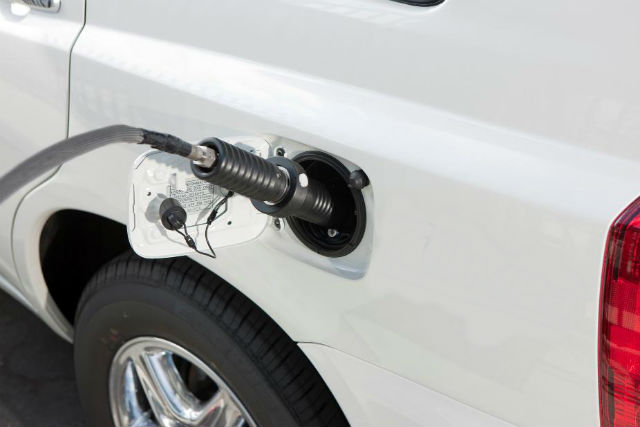
Already, the production of hydrogen is getting much cleaner too. In California, the US state with the most hydrogen filling points, the law states that a third of hydrogen produced for vehicular use must be generated from renewable sources. Toyota in Japan has likewise been trialling a ‘toilet-to-tank’ scheme, transforming sewage into biofuel used to generate the energy needed to produce hydrogen.
Of course, to many this will seem like just another blue-sky scheme. The concept of hydrogen cars has been around since the 50s, a decade where major car manufacturers were genuinely considering manufacturing cars powered by nuclear reactors and that hardly came to fruition.
But while the high hopes for hydrogen cars haven’t yet come to life, they haven’t been snuffed out either. Of all current alternative fuel technologies, hydrogen is the most promising. Yet, just as Betamax proved, just because a product has promise that doesn't mean it's guaranteed to be a success.



